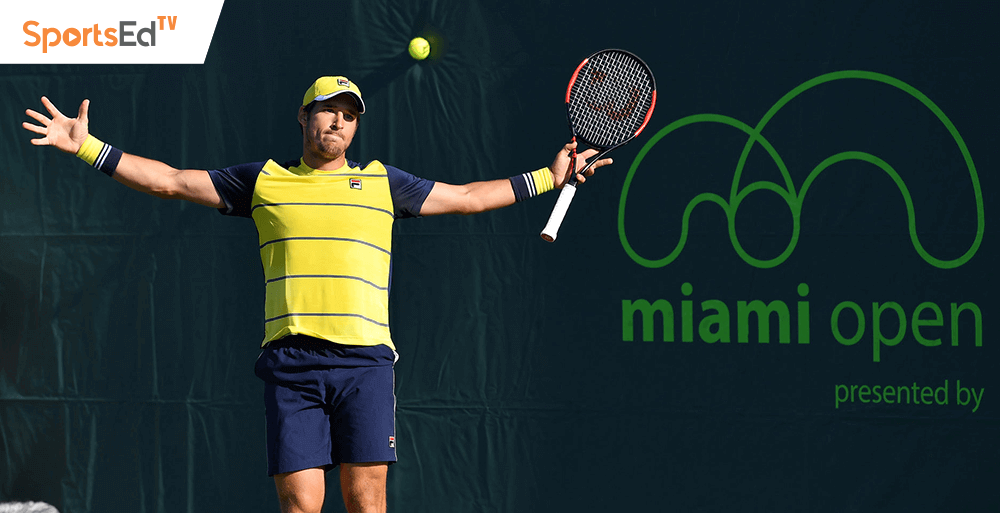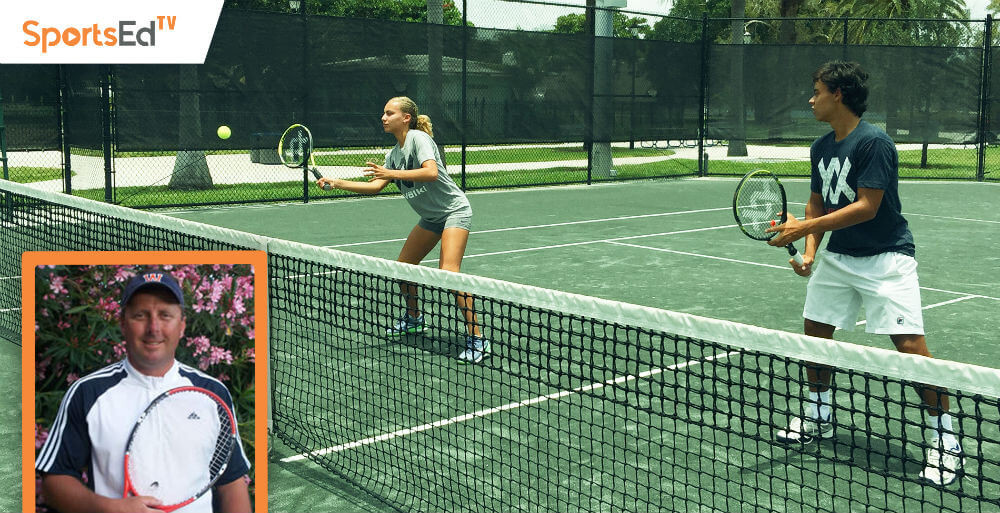Tennis
Welcome and thanks for visiting...

Before College, the Path for Success - College as a Stepping Stone - Part 1
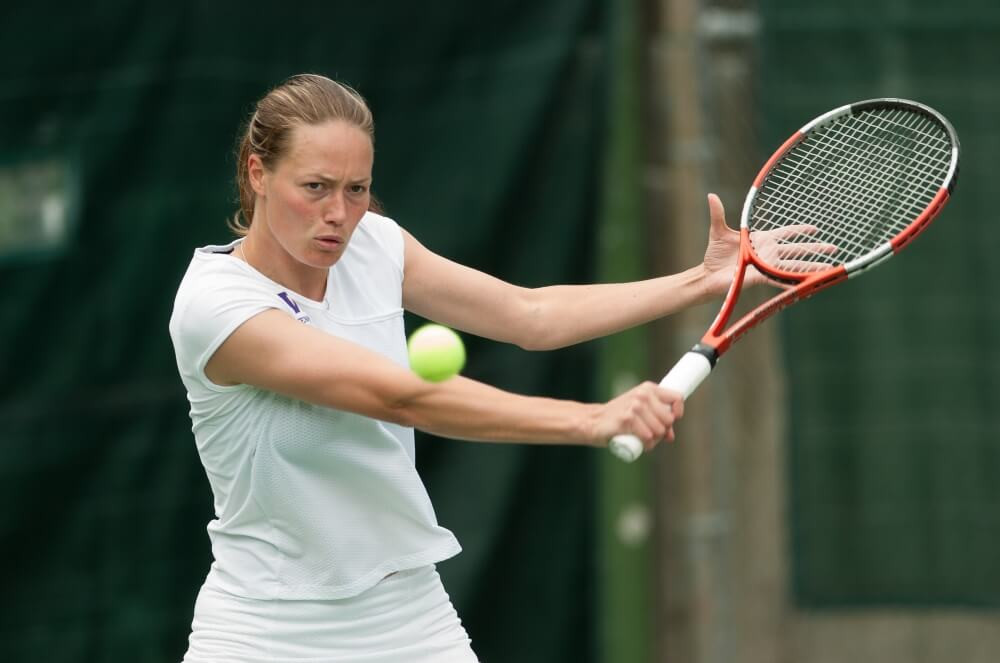
This is the first of a three-part series on college tennis. In this first segment, I discuss the process of evaluating and getting ready for a college tennis career. My focus will be on the U.S. college tennis experience, as this country is where I played my college tennis, coming from England to study and play at the University of Washington in Seattle.
“I definitely wasn’t ready to perform or compete with any of these other players. For me, college was a big learning experience on and off the court, just growing as a person, becoming more mature.” These comments were made by emerging American star and 2020 U.S. Open semifinalist Jennifer Brady to a reporter about her UCLA experience.
Playing college tennis has become an increasingly valuable way to develop your tennis potential and explore whether it makes sense to make a career out of playing professionally on tour. For aspiring juniors, college tennis is an important option to consider.
One important backdrop for this is data demonstrating that tennis careers are getting longer, the notion of teen champions is evaporating, and older players are winning big titles more frequently. Meanwhile, for the first time ever in a major, the 2020 U.S. Open featured three mothers playing in the quarterfinals.
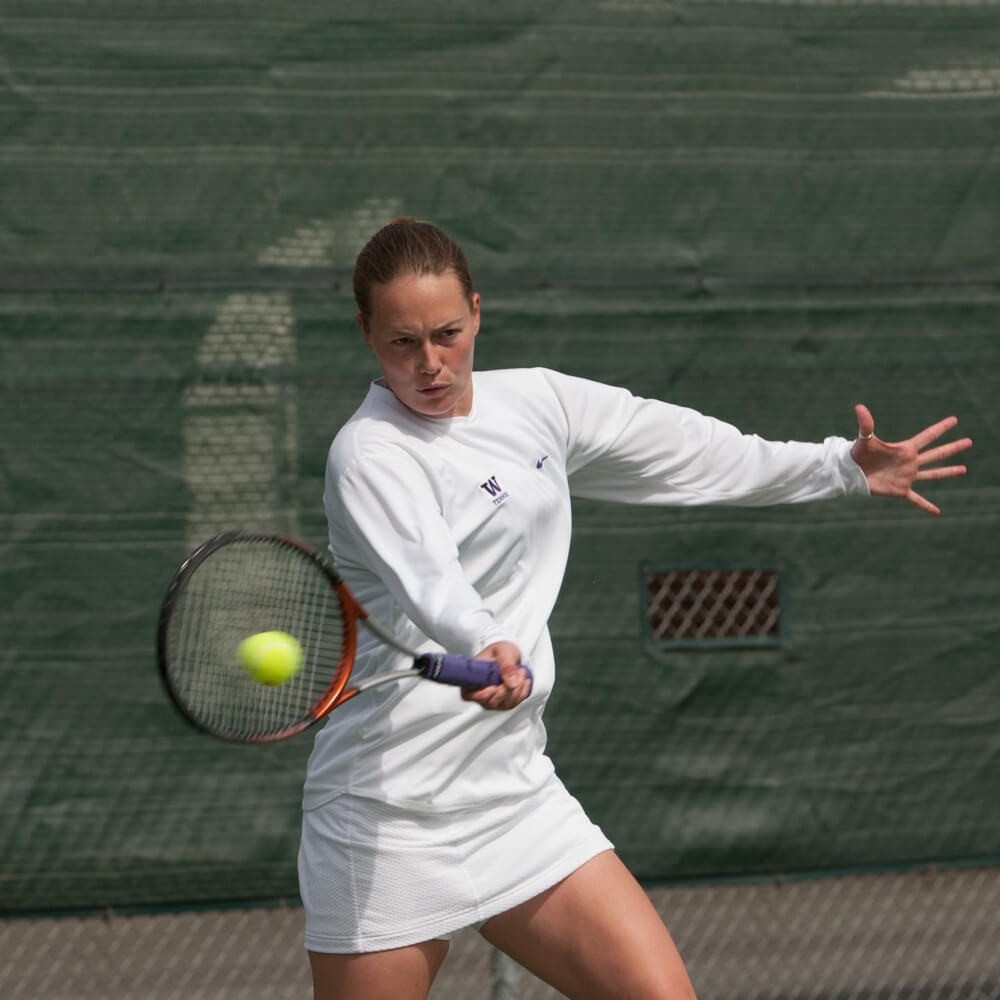 Benefits to playing college tennis before committing to a full-time professional journey include time to develop your game, strategy, mental game, and physical stature; additional training and match experience, including dealing with pressure as being part of a team and, for top juniors, the expectation to win; and the discipline and multitasking skills gained during college.
Benefits to playing college tennis before committing to a full-time professional journey include time to develop your game, strategy, mental game, and physical stature; additional training and match experience, including dealing with pressure as being part of a team and, for top juniors, the expectation to win; and the discipline and multitasking skills gained during college.
Additionally, it is possible to play some professional-level ITF tournaments, during winter and summer breaks from college. This is, however, restricted by the NCAA as one needs to remain an amateur to continue playing in college, meaning that you are not permitted to accept money. College players may apply prize money to out of pocket expenses such as travel, accommodations, and food. Therefore, it is important to keep receipts of such expenses in order to be cleared through the “clearing house” and be eligible to compete in college.
This trend and the concrete benefits of playing in college mean that there is no time for tennis players to set appropriate, smart pathways and goals for their tennis careers.
Once you’ve made the decision to play college tennis, it’s helpful to consider the specific activities that will build and develop your game. Preparing your tennis for college involves several key foundational elements:
Experience. The more matches, tournaments, and success under your belt, generally the better your prospects and choices will be.
Time on the court. The combination of coaching, matches, and practice will require a considerable amount of time on a court.
Physical preparation. Training will require not just a great deal of hitting and match play, but also enough fitness to minimize time lost to injuries and maximize endurance.
Mental preparation. Developing mental strength, both on the court and off the court, is a key component to being able to compete with top players. Junior academies increasingly provide resources to help with mental strength and there is also a great deal of independent study young players can undertake to build a strong mental game. One of my favorite books on a critical component of mental strength is Momentum by Alistair Higham, who was my coach from age 8 until 19.
Ranking. While ranking requirements will obviously vary depending on the type of colleges a young player is considering, objective ranking measures will, of course, be considered by college coaches.
Develop an all-court game. There is tremendous variety in the college game. Between this and the importance of doubles, all-court tennis players are a tremendous asset to any program.
Doubles practice. I recommend spending at least one day per week focusing on drills that enhance doubles skills: slices, reflex volleys, two on one drills, match play doubles.
Get into good practice habits. The practice is an important part of college tennis and, on great teams, is where some of the toughest competition can be found. Learning how to keep focused, listen to coaches, and demonstrate discipline is crucial to being ready for college tennis.
Practice preparation, post-practice preparation. Junior tennis is a great time to start good habits around stretching, adequate rest, and otherwise taking care of your body.
Good nutritional habits. It isn’t always easy to eat well in college so having a foundation of healthy choices, quality food, and a balanced diet will go a long way in fitness, injury prevention, and maintaining energy in college.
College match streaming. Thankfully it is easy to watch college matches from anywhere in the world so the junior player can develop an understanding of the game, the environment, and the structure.
Former college players. Leverage the wisdom of former college players to learn about the experience, network with coaches, and find the right programs for your game, preferences, and personality.
Building a favorable brand. As discussed further below, building a positive Internet presence, having a good reputation for sportsmanship, and getting noticed for the right reasons will maximize the number of college tennis opportunities for the young player.
It’s also important to start to think about what colleges are looking for. Of course, juniors that have won many tournaments and have high rankings will be on the top coaches’ radar. But there are a few other key aspects to consider:
Doubles. Colleges want good doubles players because, in the typical format, doubles are worth one of the seven points and often is the difference in tight matches.
Team spirit. While junior tennis is typically an individual sport, college tennis is very much a team sport. People who have a good attitude and get along well with others will be attractive to coaches who want teams that gel.
Competitive players. The competitive spirit is key, as there are many great teams and players in college tennis and they all want to win.
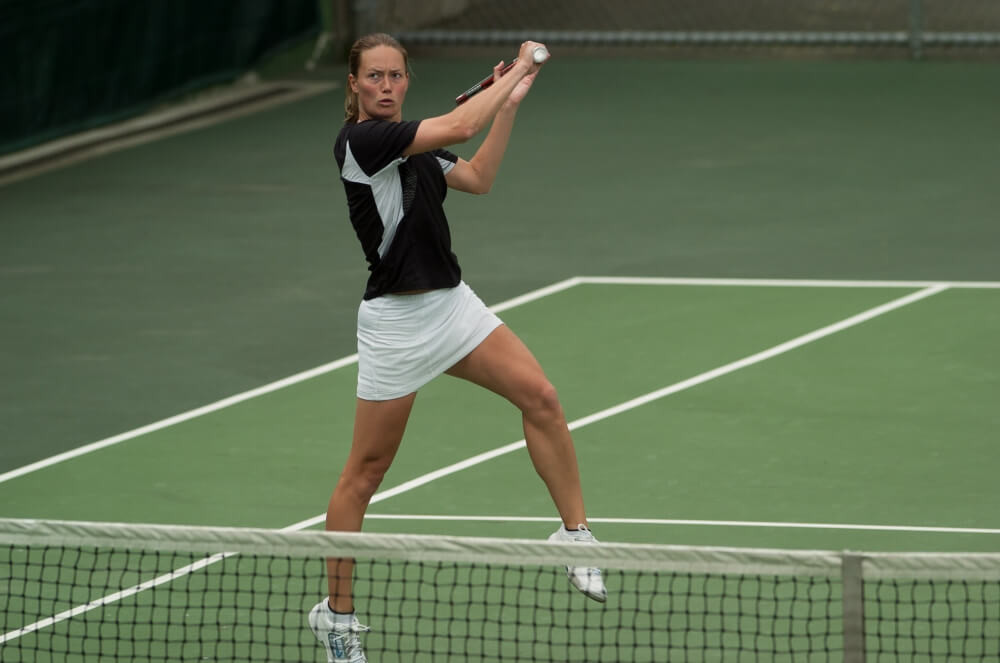
Resilience. College students often find themselves away from home for the first time, having to juggle the demands of not just tennis but school work, new relationships, and a new environment. Student-athletes that can adjust well to the resulting ups and downs will be successful and juniors demonstrating that resiliency in their lives have a leg up.
After determining that playing college tennis is an objective, it becomes necessary to start to consider what type of college would be the best fit.
There are hundreds of U.S. colleges that have men’s or women’s tennis programs. These colleges can be analyzed and understood along several different spectrums. One key dimension is the American system of divisions or leagues. There are four main divisions in the U.S., known as NCAA Division I, NCAA Division II, NCAA Division III, and NAIA. College tennis programs generally fall into these divisions based on their financial resources, with the largest, most successful programs being NCAA Division I. Typically, Division I schools will have the most tennis scholarships to offer, and Division III schools will not offer athletic scholarships (but may offer academic scholarships).
Of course, there are numerous other dimensions to understand when evaluating U.S. colleges. Some schools are large, others small. Some are known as “community colleges,” where four-year degrees can often be obtained but often feed students into larger schools after two years. Some are in big cities, others in small. Some are more academically rigorous than others. Within each division, there are conferences that are typically regional.
While top prospects will typically strive to play Division I tennis and obtain a scholarship, there are many other aspects to consider as you seek to leverage tennis to reach your personal goals. Aspects to consider include personal interest in a particular geographic area, comfort level with big cities versus college towns, and climate. Academic elements are also important. For example, some rigorous academic programs, especially at more technical schools, can provide an excellent educational foundation for a professional career after tennis - with a common tradeoff being lots of hard work and more challenging scheduling requirements!
One interesting phenomenon at large schools with highly successful sports programs, particularly football and basketball, is that revenue from television rights, ticket sales, and merchandise, will sometimes be spread out among other sports and the general interest in sports at those schools can benefit tennis programs as well in the form of media coverage, better attendance at home matches and opportunities to enter professional tournaments held on-site.
A particular recruit may play at very different spots in the lineup depending upon what school they attend. The coaching and recruiting staff, including the chemistry a junior will feel with that staff, is a major factor in evaluating the right school for you. Taking the opportunity to meet with current team members is valuable to try to get a realistic preview of what it might be like to be a part of that unit. These are people you would spend a tremendous amount of time with and could form the core of your social group as well.
In my decision, I evaluated numerous programs and spoke to as many schools and coaches as possible. It was a difficult process because there are so many great schools and I was lucky enough to have many options. I wanted to play Division I tennis in a competitive conference and play at the top of the roster so I could get my ranking high enough to compete in the NCAA tournament every year. The coaching was a big factor in my decision because I wanted to continue my tennis career and play professionally after I graduated college. Teammates were important too, as I was looking for friendly, competitive, and hardworking people. It was valuable to have a strong school academically so I could continue my education no matter what happened with my tennis. Once I narrowed it down, I went on three official school visits. Seeing the campuses, meeting the coaches, players, trainers, and tutors, and spending time in the dorms and cities made it much easier for me to decide. The University of Washington was the best college for me. The climate in Seattle was a positive factor as well - it certainly was reminiscent of England and I felt at home.
Now that you’re doing the right things to prepare yourself for a college tennis career, many people wonder if there are some special strategies for getting noticed by an American college. Thankfully, there are services and consultants that specialize in locating U.S. college athletic scholarship opportunities. I recommend Tennis Smart (focused on British tennis players) and College Tennis Recruiters.
Most of the tactics nevertheless still involve great tennis, hard work, and preparation, including many of the specific steps discussed in this post. Get your ranking up, play as many showcase events as possible, meet college recruiters, build a positive online presence (including a YouTube video showcasing your tennis) and keep up your grades. Maintain this focus and you will maximize your chances of playing collegiate tennis in the United States!
The next post in the series will cover what life looks like for a tennis student-athlete, so stay tuned!



